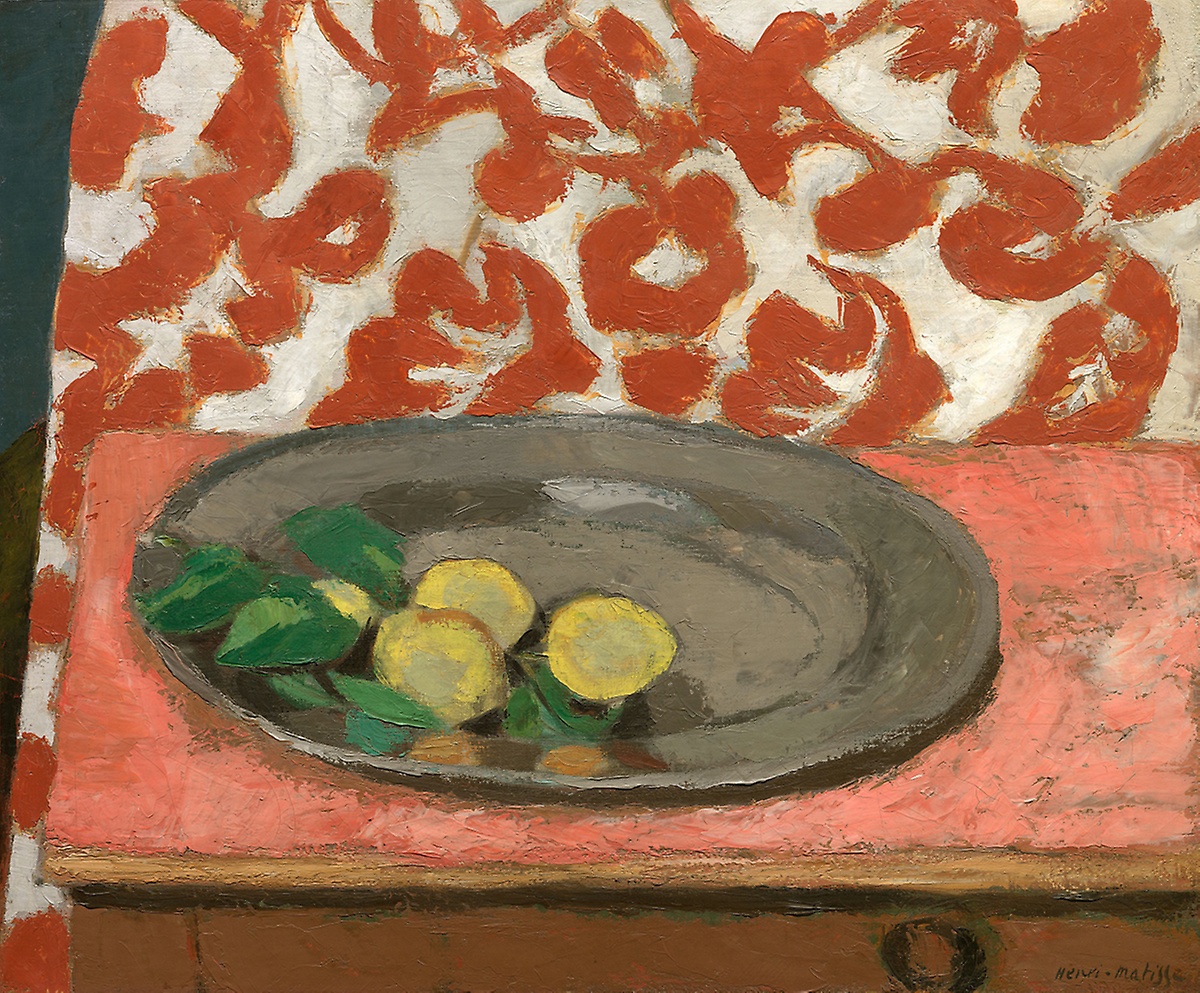John Klein is a professor in the Department of Art History and Archaeology.
In our digital age, with its emphasis on multimedia, interactive, always-on, internet-focused culture, why pay attention to paintings in oil or sculptures in bronze? When we can treat ourselves to the distraction of a constantly changing parade of images, why should we value objects that seem static and that we do not own, artistic media that smack of tradition and subjects that may not be obviously relatable to our experience of the world?
One reason to pay attention to the traditional visual arts is that they encourage us to pay attention, and reward us for the time and effort. Far from a static viewing experience, looking carefully at paintings or sculptures slows our viewing, offering respite from the relentless procession of images in our daily lives. With time to think and reflect, we can take pleasure in our capacity to notice, entering into a form of empathy with the artist who brushed all those strokes that we see clearly when we stand close to a canvas, or who shaped the clay of their sculptural model to that specific texture. By their very nature, images as they are typically presented to us today do not invite this imagined communion with their makers. We need reminders of the vital human connections that are possible with thoughtfully made and mindfully perceived visual art. And few artworks have been more thoughtfully made, and few elicit more mindful perception, than those created by the 20th-century French artist Henri Matisse.
Because I am a scholar and writer who has worked on this artist for a long time, occasionally I am asked: What is your favorite artwork by Matisse? Which one would you like to take home if you could? I am sometimes tempted to think about his larger, grandly conceived paintings, perhaps one of the important and well-known canvases in such collections as the Museum of Modern Art in New York or the State Hermitage Museum in St. Petersburg, Russia, or, closer to home, the enigmatic Bathers with a Turtle (1908) at the Saint Louis Art Museum. In fact, in my recent book Matisse and Decoration (Yale 2018), I wrote extensively about many of this artist’s largest and most spectacular artworks. I love these big productions, made in paint, stained glass or ceramic tile. They are intellectually challenging as fulfillments of Matisse’s early theories and his late-career ambition, and the histories of their conception and making are fascinating. And they can be very beautiful.

But the Matisse work that I think I covet the most is a small, modest-seeming still life painted in sometimes strange colors. It is in the collection of the Art Institute of Chicago, and I try to see it whenever I visit that museum. Lemons on a Pewter Plate, which the artist painted in Nice, France, in 1926, never fails to stir my craving. As an image, it is deceptively simple. Against a patterned background, four lemons with their leaves sit on a pewter plate or charger, which rests in turn on a sideboard. Considered as an object, the painting’s emphatic materiality comes to the fore, and its formal complexity becomes evident. The canvas is thickly painted, almost trowelled in some places, so that the entire surface bears evidence of the artist’s interventions. Edges of forms are blunted by relentless reworking. The top surface of the sideboard, which might logically be uniformly colored, displays a spectrum of related salmon and pink hues, making this supporting player highly dynamic. Sinuous but ambiguous forms in burnt orange weave in and out of a creamy background that the artist sometimes brushed on top of the pattern. As for the stars of the show, only light modeling indicates the lemons’ volumes. The shape and texture of the leaves are distilled in two colors of green. Matisse skillfully rendered the dull reflections of the fruit on the plate’s lip in a blurry orange, and a smear of light gray at the far edge of the well passes for a reflected highlight. Everything is highly summarized, but the effect is riveting. Then, something that even the attentive viewer may have noticed at a delay — a long wedge of deep gray-blue at the left edge that opens a void against this symphony of surfaces, and that forcefully recalibrates the color relationships. It is the final surprise in this master class in looking at the overlooked.

